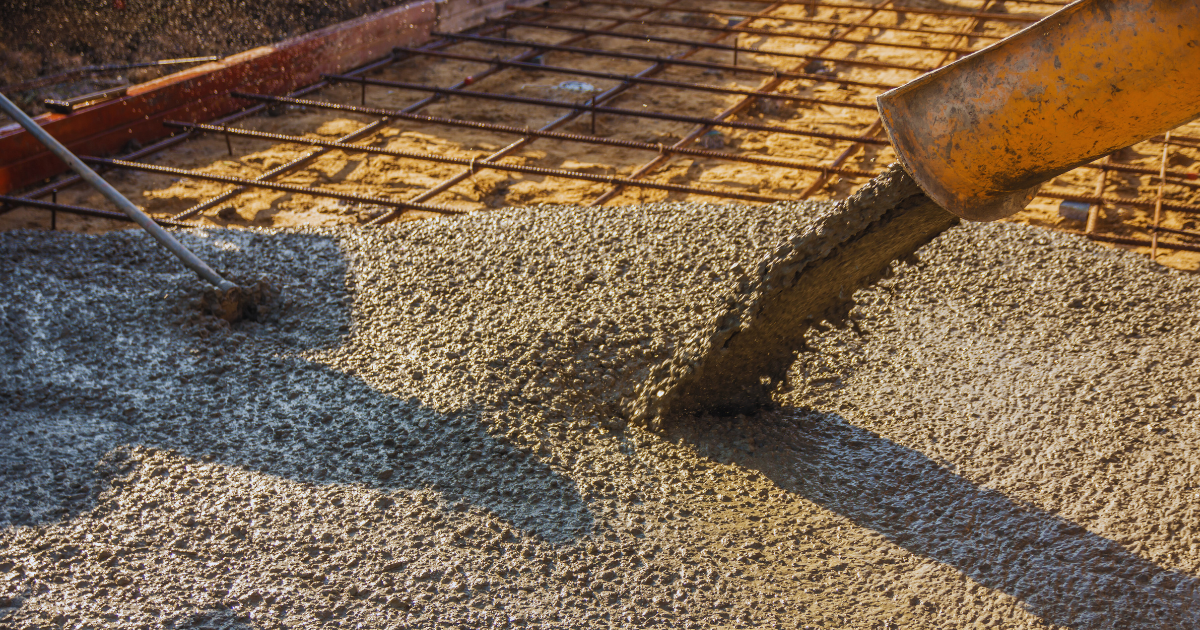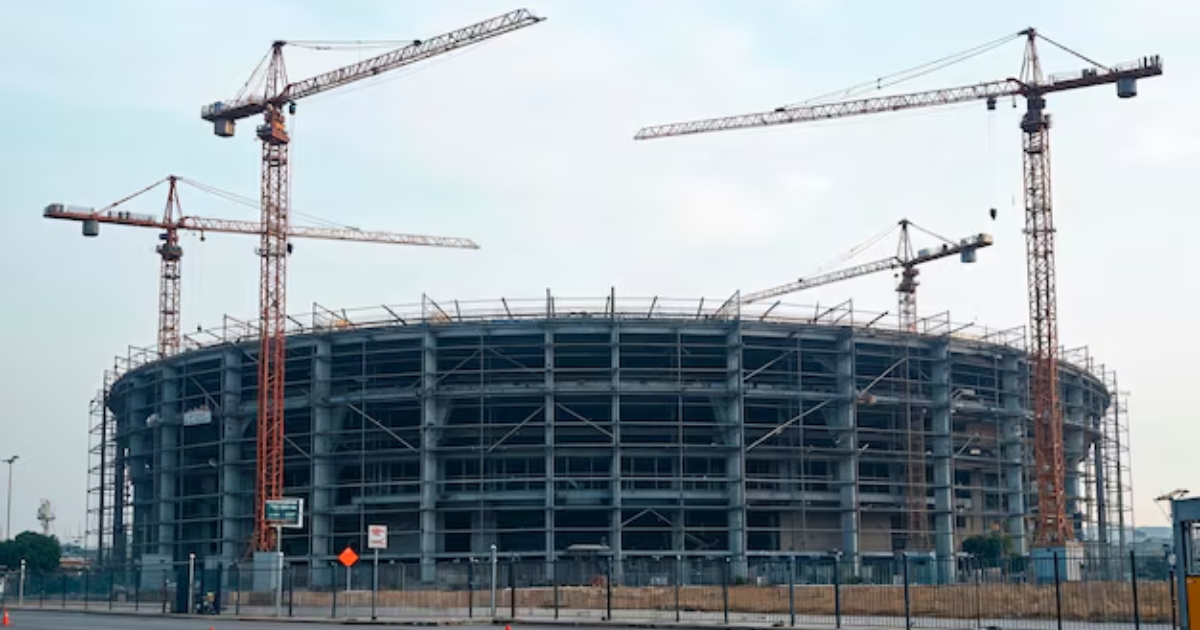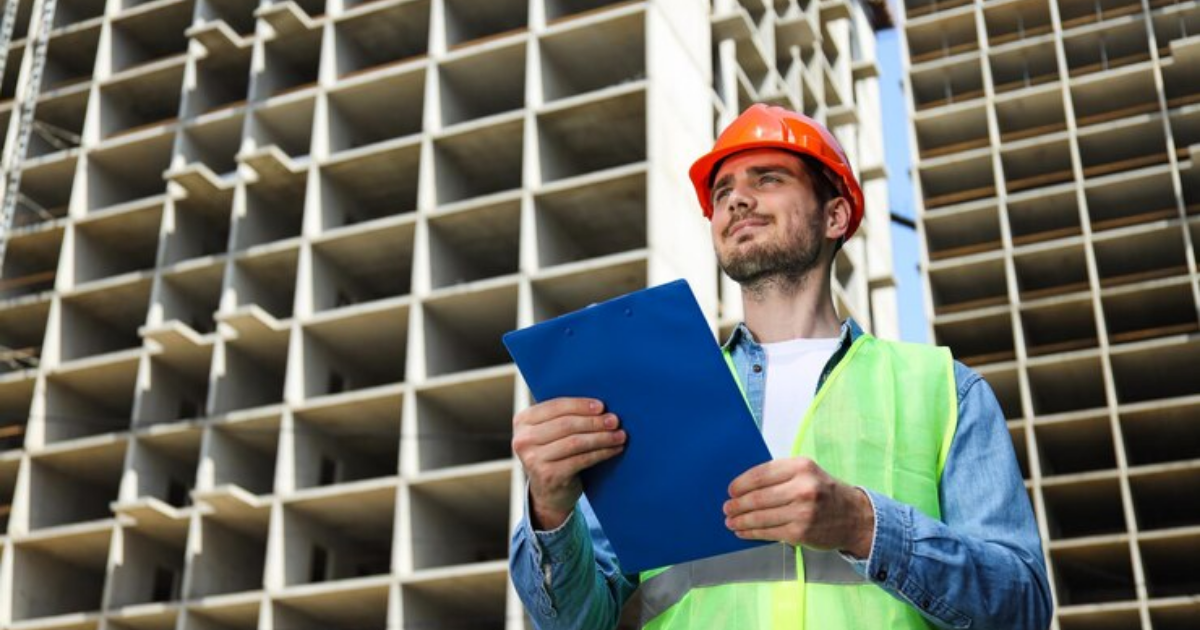Diaphragm wall construction has long been a crucial technique in building deep underground structures, especially in areas where space is limited or where the water table is high. From foundations of high-rise buildings to underground parking structures and metro stations, diaphragm walls offer a reliable solution to ensure structural stability. As the construction industry evolves, innovations in diaphragm wall construction are transforming this traditional technique, making it more efficient, sustainable, and adaptable to modern challenges. This blog explores the future of diaphragm wall construction, highlighting the latest innovations and trends that are shaping the industry.
What is Diaphragm Wall Construction?
Before diving into the future, it’s essential to understand the fundamentals of diaphragm wall construction. A diaphragm wall is a reinforced concrete wall built in a deep trench excavated in the ground. These walls serve as both a temporary and permanent structure, providing support to prevent soil collapse during excavation. Once the structure above ground is complete, the diaphragm wall often acts as a permanent part of the foundation system.
This construction method is commonly used in urban areas for deep basements, tunnels, and retaining walls due to its minimal space requirement and ability to manage water infiltration. However, the method itself has undergone significant advancements over the years, particularly with the integration of technology and sustainability-focused practices.
Key Innovations in Diaphragm Wall Construction
1. Automation and Robotics
One of the most exciting advancements in diaphragm wall construction is the increasing use of automation and robotics. Robotic trench excavators are being introduced to enhance precision and speed in excavation, especially in tight urban spaces. These machines reduce human error, allowing for more accurate wall alignments and minimizing the risk of structural issues later on. Automation also enhances safety by reducing the need for human workers to operate in hazardous environments, such as deep excavations.
Additionally, real-time monitoring systems are being incorporated into diaphragm wall construction to track the progress and condition of the excavation process. These systems provide data on factors like trench depth, wall thickness, and soil stability, allowing engineers to make immediate adjustments if necessary.
2. Sustainable Materials
Sustainability has become a key focus in all areas of construction, and diaphragm wall construction is no exception. Traditional diaphragm walls rely heavily on concrete, a material associated with high carbon emissions due to cement production. To address this, the use of environmentally friendly materials such as low-carbon concrete and recycled aggregates is gaining traction.
One notable trend is the incorporation of geopolymer concrete, which uses industrial waste by-products like fly ash and slag as alternatives to traditional cement. This material offers the same strength and durability as conventional concrete but with a significantly reduced carbon footprint. As environmental regulations tighten globally, these sustainable practices in diaphragm wall construction will likely become more widespread.
3. Advanced Waterproofing Techniques
Water infiltration is one of the primary challenges in diaphragm wall construction, particularly in areas with high water tables. To address this, engineers are developing more advanced waterproofing techniques. In the future, diaphragm wall construction will likely incorporate cutting-edge materials like self-healing concrete, which uses microencapsulated bacteria that activate when cracks occur, filling them with calcium carbonate to prevent water from entering the structure.
Additionally, high-performance bentonite slurries and polymer-based waterproofing solutions are being increasingly adopted to improve water resistance during the construction process. These materials ensure that diaphragm walls maintain their integrity, even in the most waterlogged environments.
Trends Shaping the Future of Diaphragm Wall Construction
1. Modular Construction and Prefabrication
Prefabrication is a growing trend across the construction industry, and diaphragm wall construction is no different. Modular construction techniques allow for parts of the wall to be fabricated off-site and then assembled on-site, reducing construction time and improving quality control. This approach minimizes disruptions in urban environments, where quick turnaround times are essential to reduce noise and traffic congestion.
The integration of prefabricated components also leads to greater consistency in wall quality, as elements are manufactured in controlled environments. This trend not only boosts efficiency but also aligns with sustainability goals by reducing waste and optimizing material usage.
2. Digital Twin Technology
The future of diaphragm wall construction will also see increased use of digital twin technology. A digital twin is a virtual model of a physical structure that provides real-time insights into its performance. In diaphragm wall construction, digital twins can be used to simulate wall performance under various conditions, such as changes in soil pressure, water flow, or temperature.
By incorporating data from sensors embedded within the wall during construction, digital twin technology enables engineers to monitor the wall’s health throughout its lifecycle. This proactive approach helps identify potential issues before they escalate, ensuring long-term structural integrity and minimizing maintenance costs.
3. Sustainability and Circular Economy Approaches
Sustainability will continue to be a driving force in the future of diaphragm wall construction. As cities grow and infrastructure demands increase, construction projects must balance the need for rapid development with environmental responsibility. Diaphragm wall construction, traditionally seen as material-intensive, is moving towards a more circular approach where the focus is on reducing waste and reusing resources.
Recycling construction materials like steel reinforcement bars and formwork can significantly reduce the environmental impact of diaphragm wall projects. Additionally, advancements in demolition and deconstruction techniques enable the reuse of materials from old structures for new diaphragm wall installations, promoting a circular economy.
Challenges and Solutions in the Future of Diaphragm Wall Construction
While the future of diaphragm wall construction is bright, it’s not without its challenges. One of the main obstacles is the high initial cost of adopting new technologies, such as robotics and digital twin systems. However, the long-term savings in terms of reduced labor costs, faster project delivery, and improved structural performance often outweigh these initial investments.
Another challenge is the complexity of integrating new materials and methods into existing construction standards and regulations. As sustainability becomes a global priority, regulators will need to adapt to accommodate innovations like low-carbon concrete and modular construction. Collaboration between industry leaders and regulatory bodies will be key to ensuring that diaphragm wall construction continues to evolve while meeting safety and environmental standards.
Conclusion: A Future Built on Innovation
As we look toward the future, it’s clear that diaphragm wall construction will continue to play a vital role in shaping urban landscapes, especially as cities expand and infrastructure needs grow. Innovations such as automation, sustainable materials, and advanced waterproofing techniques are transforming the way diaphragm walls are constructed, making the process faster, safer, and more environmentally friendly.
The future of diaphragm wall construction lies in adopting these new technologies and approaches while staying true to the core principles of safety and structural integrity. By embracing innovation, the construction industry can meet the challenges of the 21st century head-on, ensuring that diaphragm walls remain a reliable solution for deep excavation projects worldwide.







